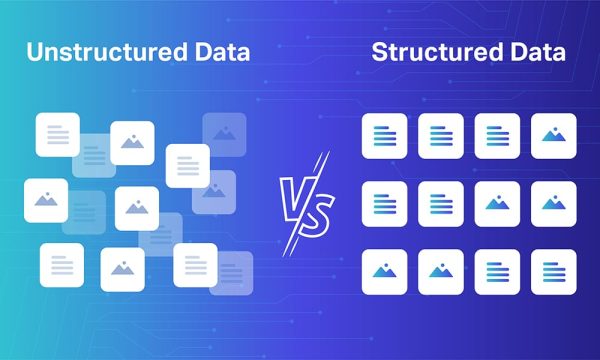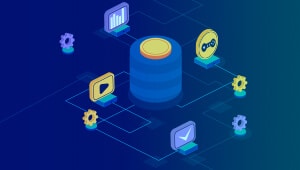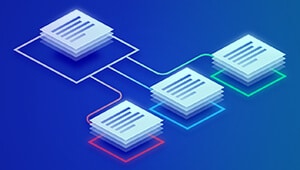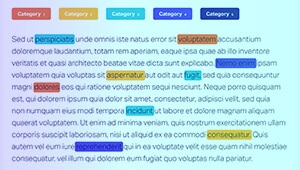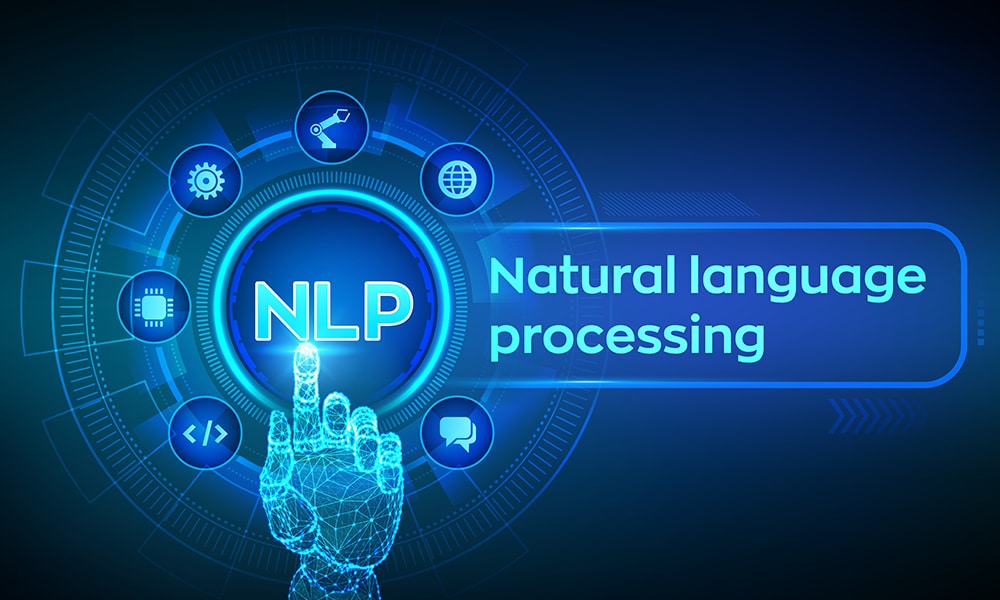We are collecting data like never before, and by 2025, around 80% of this data will be unstructured. Data mining helps shape this data, and businesses must invest in unstructured text analysis to gain insider knowledge about their performance, customers, market trends, etc.
Unstructured data is the unorganized and scattered pieces of information available to a business but which cannot be used by a program or understood by humans easily. This data is defined by a data model, and nor does it conform to any predefined structure. Data mining allows us to sort and process large data sets to find patterns that help businesses get answers and solve problems.
Challenges in Unstructured Text Analysis
Data is collected in different forms and sources, including emails, social media, user-generated content, forums, articles, news, and whatnot. Given the large quantum of data, businesses will likely ignore processing it due to time constraints and budget challenges. Here are some key data mining challenges of unstructured data:
Nature of Data
Since there is no definite structure, knowing the nature of data is a big challenge. This makes finding insights even more difficult and complex, which becomes a big deterrent for the business to start processing as they don’t have a direction to follow.
System and Technological Requirements
Unstructured data cannot be analyzed with the existing systems, databases, and tools. Hence, businesses need high-capacity and specially designed systems to extract, locate, and analyze unstructured data.
Natural Language Processing (NLP)
Text analysis of unstructured data requires NLP techniques, like sentiment analysis, topic modeling, and Named Entity Recognition (NER). These systems require technical expertise and advanced machinery for large data sets.
Preprocessing Techniques in Data Mining
Data preprocessing includes cleaning, transforming, and integrating data before it is sent for analysis. Using the following techniques, analysts improve data quality for easy data mining.
Text Cleaning
Tokenization
Part-of-Speech Tagging
Named Entity Recognition (NER)
Text Mining Process Overview
Text mining involves step-by-step task execution to uncover actionable information from unstructured text and data. Within this process, we use artificial intelligence, machine learning, and NLP to extract useful information.
- Pre-processing: Text pro-processing includes a series of different tasks, including text cleanup (removing unnecessary information), tokenization (dividing the text into smaller chunks), filtering (removing irrelevant information), stemming (identifying the basic form of the words), and lemmatization (reorganizing the word to its original linguistic form).
- Feature Selection: Feature selection involves extracting the most relevant features from a dataset. Particularly used in machine learning, this step also includes data classification, regression, and clustering.
- Text Transformation: Using either of the two models, Bag of Words or Vector Space Model with feature selection, to generate features (identification) of similarity in the data set.
- Data Mining: Ultimately, with the help of different applicable techniques and approaches, data is mined, which is then utilized for further analysis.
With the data mined, businesses can train AI models with the help of OCR processing. As a result, they can deploy authentic intelligence to gain precise insights.
Key Applications of Text Mining
Customer Feedback
Businesses can better understand their customers by analyzing trends and data extracted from user-generated data, social media posts, tweets, and customer support requests. Using this information, they can build better products and provide better solutions.
Brand Monitoring
As data mining techniques can help source and extract data from different sources, it can help brands know what their customers are saying. Using this, they can implement brand monitoring and brand reputation management strategies. As a result, brands can implement damage control techniques to save their reputation.
Fraud Detection
Since data mining can help extract deep-rooted information, including financial analysis, transaction history, and insurance claims, businesses can determine fraudulent activities. This helps prevent unwanted losses and gives them enough time to save their reputation.
Content Recommendation
With an understanding of the data extracted from different sources, businesses can leverage it to provide personalized recommendations to their customers. Personalization plays an important role in increasing business revenue and customer experience.
Manufacturing Insights
Where customer insights can be used to know their preferences, the same can be utilized to improve manufacturing processes. Taking into account the user experience reviews and feedback, manufacturers can implement product improvement mechanisms and modify the manufacturing process.
Email Filtering
Data mining in email filtering helps differentiate between spam, malicious content, and genuine messages. Taking this information, businesses can protect themselves from cyberattacks and educate their employees and customers to avoid engaging with certain types of emails.
Competitive Marketing Analysis
Where data mining can help companies know a lot about themselves and their customers, it can also shine a light on their competitors. They can analyze competitors’ social media profile activity, website performance, and any other information available on the web. Here again, they can identify trends and insights, at the same time using this information to build their marketing strategies.
Conclusion
Data mining from unstructured text will become a fundamental practice as we progress into a data-intensive world. Businesses will want to discover new trends and insights to build better products and improve customer experiences. Where the operational and cost challenges are most prominent today, they can be subdued with large-scale implementation of data mining techniques. Shaip has expertise in data collection, extraction, and annotation, helping businesses better understand their customers, markets, and products. We help businesses improve their OCR data extraction and collection with pre-trained AI models delivering impressive digitization. Get in touch with us to know how we can help you process and declutter unstructured data.
